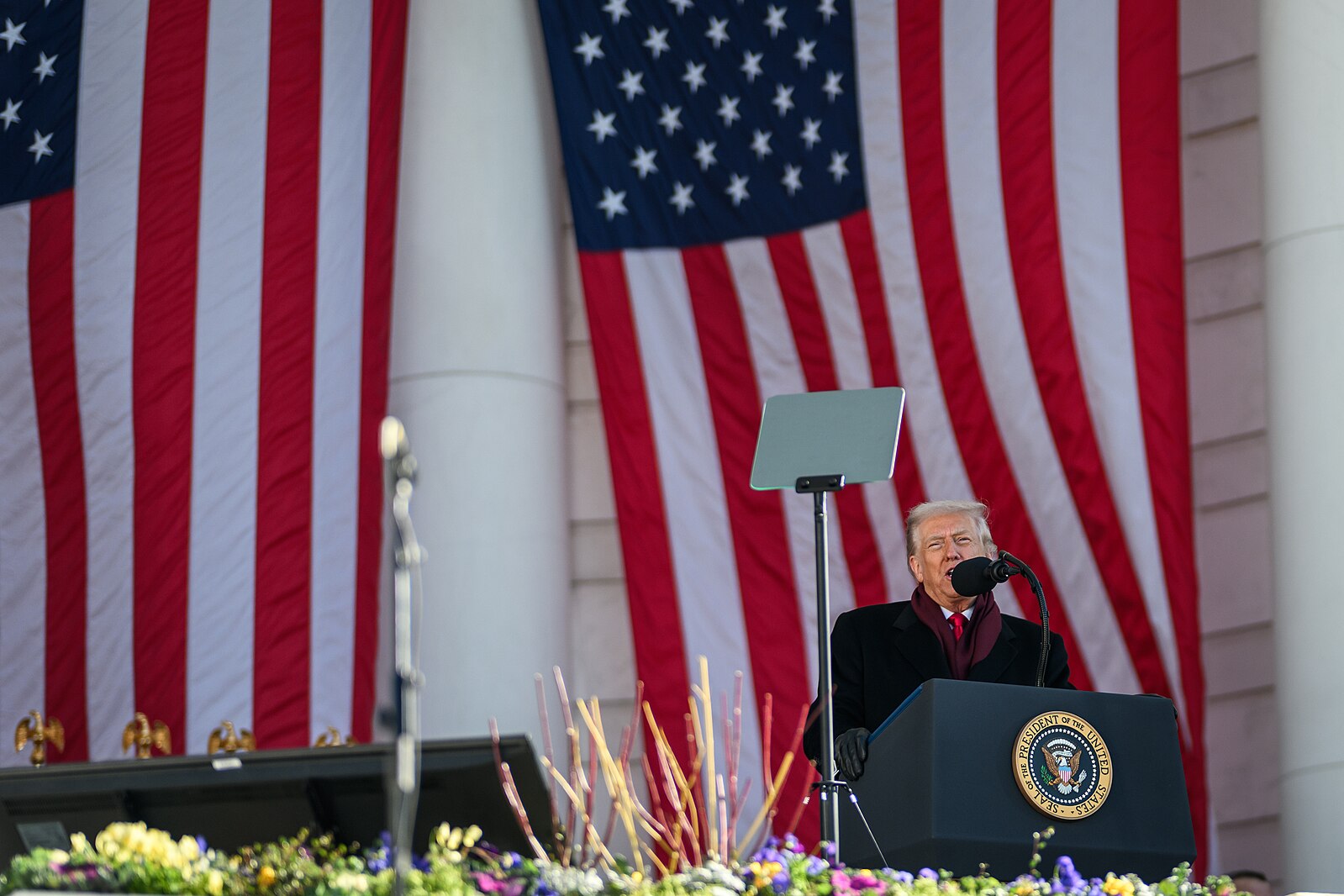Politics
Trump Told Voters Energy Prices Would Crash: Here’s What Happened Instead
By Jake Beardslee · November 13, 2025

President Donald Trump made a sweeping pledge on the 2024 campaign trail, telling supporters in North Carolina, “You will never have had energy so low as you will under a certain gentleman known as Donald J. Trump.” As his second term approaches the one-year mark, national energy data shows a far more mixed—and in many cases opposite—trend from what he promised.
Although Trump recently told the U.N. General Assembly that “energy costs are down,” federal figures indicate they are rising for most households. The U.S. Energy Information Administration reports that retail electricity prices have climbed steadily since 2022 and are expected to continue doing so through at least 2026. Residential electricity prices rose 6.2% over the past 12 months ending in August 2025, according to the U.S. Bureau of Labor Statistics.
Federal Reserve data also shows the cost of powering American homes has increased. The average household spent $280.91 on energy in August 2025, compared with $261.57 the year before. Certain regions have been hit particularly hard: states like Maine, New Jersey, and the District of Columbia experienced some of the sharpest electricity price spikes. Only Nevada and Rhode Island saw small declines.
A major contributor to rising electricity costs is the explosive growth of artificial intelligence. A 2024 report from the Department of Energy’s Lawrence Berkeley National Laboratory found that data center energy consumption has tripled over the last decade and could double or triple again by 2028. Data centers consumed 4.4% of U.S. electricity in 2023, but the Berkeley Lab projects that share could grow to between 6.7% and 12% by 2028. Natural gas prices—critical since natural gas powers about 40% of U.S. electricity—are also up 37% from last year.
Aging grid infrastructure compounds the problem. Many transmission and distribution systems date back to the mid-20th century and now require costly upgrades. In states like California, wildfire mitigation has made those upgrades even more expensive.
Gasoline prices, however, have offered modest relief. The BLS reports gas prices fell 6% over the past year, and the EIA recorded an average U.S. pump price of roughly $3.05 per gallon in October 2025. Still, the drop is nowhere near the 50% reduction Trump pledged.
Some of the administration’s policies may also be contributing to rising costs. Trump’s tax law eliminated incentives for renewable energy development, according to the White House. The Bureau of Ocean Energy Management halted construction of a nearly completed Rhode Island offshore wind project, after Trump argued windmills are “ruining our country,” according to Forbes Breaking News. The Department of Energy has also ordered aging coal plants to stay online to prevent potential power shortages, including a 60-year-old unit at Michigan’s J.H. Campbell plant—moves local officials warn could ultimately raise consumer costs.
Where energy prices will land by the end of Trump’s term remains uncertain, but so far, the data reflects a picture more complicated than the campaign promise of slashing costs in half.